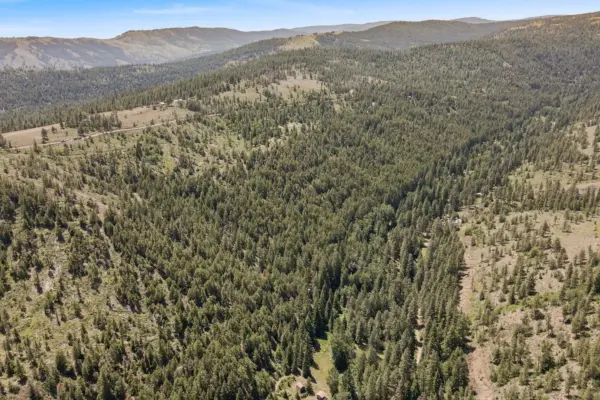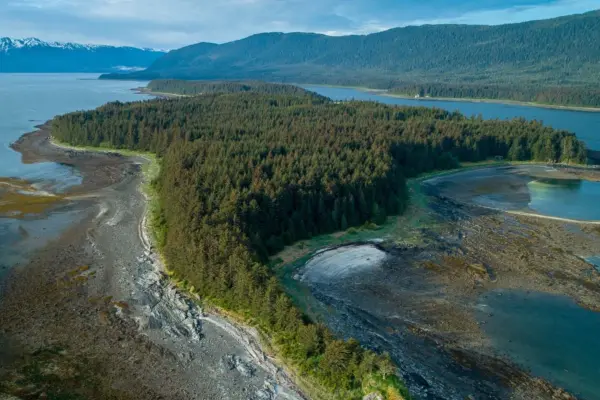Forest ecosystems on either side of the 45th parallel are arguably some of the planet's most efficient plant-based carbon sinks and store substantial amounts of biomass in organic carbon. Large, old-growth forests tend to have higher carbon storage capacities due to their long-lived trees and well-developed soils. Conserving and restoring forests and promoting sustainable forest management practices can enhance their ability to sequester atmospheric carbon. Grasslands and savannas are also diverse ecosystems with significant carbon sequestration potential. Belowground carbon storage, facilitated by extensive root systems and organic matter, contributes significantly to their carbon sink capacity. Proper grazing management and restoration of degraded grasslands can not only promote carbon sequestration but also improve ecosystem health. Due to their dense vegetation and carbon-rich soils, wetlands and coastal ecosystems, such as mangroves, salt marshes, and seagrass, possess high carbon sequestration capabilities. Protecting these ecosystems from degradation and promoting their restoration can enhance their ability to sequester carbon while providing additional ecological benefits, such as coastal protection and biodiversity conservation.
Processes such as afforestation, agroforestry, and soil management practices can significantly increase carbon storage volumes. Planting trees on deforested lands and reforesting previously forested land, with careful selection of tree species, considering their growth rate, adaptability, and ecological suitability, can maximize carbon-storing potential. Integrating trees into agricultural landscapes through agroforestry and silvopastoral systems offers multiple benefits. Besides enhancing carbon sequestration, these systems provide shade, protect against erosion, improve soil fertility, and diversify income sources for farmers. Another way to increase carbon sequestration rates is by implementing sustainable soil management practices, such as reduced tillage, cover cropping, and organic amendments. These practices improve soil structure, increase organic matter content, and promote microbial activity, which results in improved soil health. Effective management of afforestation, agroforestry, and soil management are crucial to maximizing carbon storage potential.
Methods of Biomass-Based Carbon Storage
There are several methods to consider for biomass-based carbon storage. Bioenergy with Carbon Capture and Storage (BECCS) involves the combustion of biomass to generate energy, coupled with the capture and storage of CO2 emissions. The captured CO2 is then transported and stored underground or utilized in industrial processes, preventing its release into the atmosphere. BECCS offers a dual benefit by generating renewable energy and removing CO2 from the atmosphere.
Biochar production is another common method of carbon storage. Biochar is a carbon-rich material produced through the pyrolysis or gasification of biomass. It has a high carbon content and excellent stability, making it an ideal option for long-term carbon storage in soil. When applied to agricultural lands or used in land reclamation projects, biochar improves soil fertility, enhances water retention, and sequesters carbon for hundreds of years.
Biomass can also be converted into construction materials, such as engineered wood products and bio-based composites. Biomass-based building materials store carbon throughout their lifespan and provide an alternative to carbon-intensive materials like concrete and steel. By substituting traditional construction materials with biomass-derived alternatives, we can reduce the embodied carbon in buildings and infrastructure.












